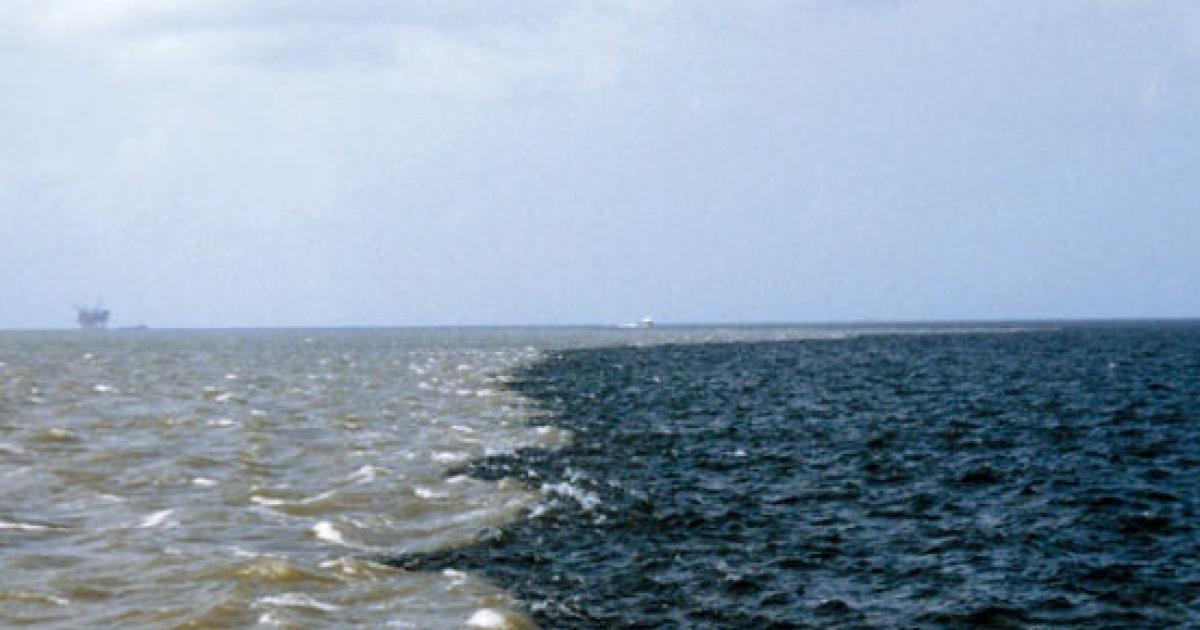


Luckily for phytoplankton in coastal areas, humans provide superfluous nitrogen and phosphorus in fertilizer form. And they love nutrients, especially nitrogen and phosphorus. But they float near the surface of the ocean, where they can soak up available sunlight. Phytoplankton, microscopic algae that contain chlorophyll, require sunlight to grow, like a plant. Excess nutrients spark an algal explosion, giving rise to a dead zone. The second largest sits in the Gulf of Mexico in the United States, averaging almost 6,000 square miles in size.ĭead zones appear annually, May through September, in the Gulf of Mexico, after tons of nutrients from fertilizer use and sewage in the Mississippi watershed wash downstream into the Gulf. The largest dead zone in the world lies in the Arabian Sea, covering almost the entire 63,700-square mile Gulf of Oman. ( Read about a large dead zone in the Baltic Sea.) A 2008 study found more than 400 dead zones exist worldwide-anywhere excess nutrients travel downstream and into a body of water. Nutrient run-off triggers dead zonesĪfter the 1970s, dead zones became more widespread, almost doubling each decade since the 1960s. Though hypoxic zones can occur naturally, many more are caused by agricultural practices across the world-a big problem for wildlife and for people.

Often encompassing large swaths of ocean (and even lakes and ponds), dead zones become oceanic deserts, devoid of the usual aquatic biodiversity. “Dead zones” are deadly: Few or no organisms can survive in their oxygen-depleted, or hypoxic, waters.


 0 kommentar(er)
0 kommentar(er)
